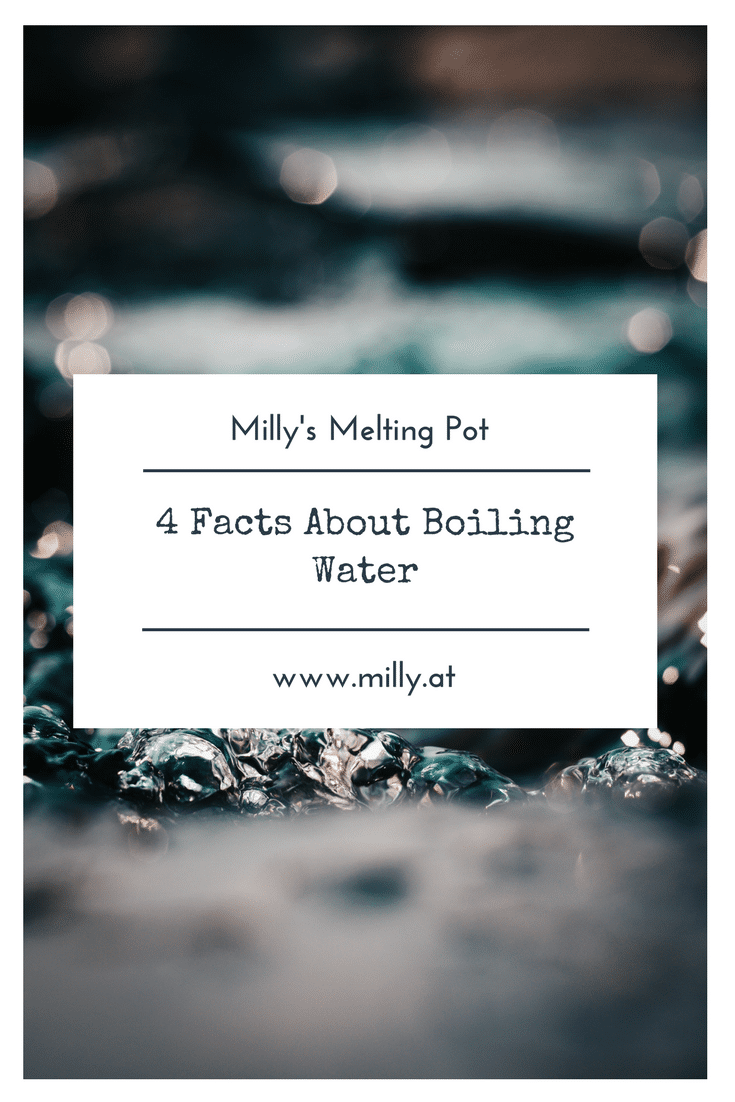4 fun facts about boiling water!

Fact 1: Water is the most common solvent we use – yes, I love buzzwords:)
Yes! Let’s start with this one: let’s use a word that a lot of people may associate with toxic liquids used in various situations such as acetone or benzene. Water is a solvent – and a very powerful one at that. A solvent is just a liquid that can be used to dissolve and/or dilute something creating a solution. Water can dissolve a variety of different compounds, that’s why we use it so much: we use it to wash ourselves or our clothes, because in itself water can already dissolve a lot of dirt. We use it as a solvent for our coffee and tea – it dissolves the special chemicals from the coffee beans or tea leaves and gives us a delicious hot beverage (winkwink #TBBT).
Fact 2: Boiling water is a very efficient disinfectant – or isn’t it?
Fact 3: Adding salt to water increases its boiling point and lowers its freezing point.
Fact 4: The boiling temperature of water varies according to the outside pressure.
Ok now this one is a bitch! You might have heard that mountain climbers observe that the water boils at a lower temperature or that their food takes longer to cook? Also you might remember that food cooks quicker in a pressure cooker. Also depending on your altitude, you need to boil water longer to kill harmful bacteria? What is the principle behind this? If you are interested in the exact physical details click here.
It all has to do with something called “vapor pressure”. Above the liquid’s surface, there is always a little bit of that liquid that has evaporated. The higher the temperature, the more vapor you have. At a boiling temperature, the vapor pressure equals the atmospheric pressure. So if you climb a mountain, the atmospheric pressure is smaller and hence the boiling point is reduced (at the boiling point : vapor pressure = atmospheric pressure). When you use a pressure cooker, you increase the surrounding pressure, thereby increasing vapor pressure of the contained liquid and the boiling point of said liquid. I hope that makes sense:) If not, here is a video!
I hope you enjoyed this:) Check out some more articles from the bubbly biochemist here and certainly let me know what you think 🙂 Don’t forget to subscribe to my newsletter and get all the news from Milly’s Melting Pot!




